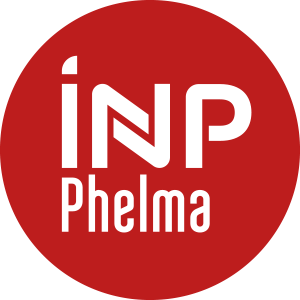Number of hours
- Lectures 27.0
- Projects 0
- Tutorials 27.0
- Internship 0
- Laboratory works 0
ECTS
ECTS 3.0
Goal(s)
Describe and quantify material transport phenomena using a continuous media approach (instantaneous local fluxes and concentrations). Particular attention will be paid to the most common boundary cases in process engineering and electrochemical applications.
Contact Antoine BONNEFONT, Christine LEFROU, Olivier DOCHEContent(s)
Mass transport section:
A Fundamental concepts
AI - Notion of molar and mass flow and volume balance. Analogy between heat flow and mass flow. Special case of stationary regimes.
AII - Decomposition of a mass flow into three contributions: diffusion, migration, convection (natural and forced).
AIII - Orders of magnitude in different media (solids, liquids and gases). Special case of binary mixtures and dilute solutions. Situation analysis: negligible or predominant terms / consecutive or competing phenomena (in series or parallel).
B Some important special cases
BI - Pure diffusion (Fick's laws). Some examples (stationary and transient) under different boundary conditions and geometries. In particular: constant flux / flux continuity / constant concentration / semi-infinite diffusion.
BII - Pure migration (Ohm's law). Primary current distribution in a conducting system. Application to different geometries.
BIII - Convective diffusion (Fick's law!). Principles of connection with hydrodynamics (Levich, Sherwood, etc.). Some examples: stagnant medium with binary mixing / film theory or Nernst model / double film model.
Prerequisites
Basic knowledge of chemistry, particularly thermochemistry and chemical kinetics.
Session 1
Continuous assessment: 1 homework assignment
Final assessment: 2*1,5h written exam with documents and calculator allowed
Session 2
homework + oral 30 minutes with documents and calculator allowed
Transport Phenomena, R.B. Bird, W.E. Stewart, E.N. Lightfoot. John Wiley & Sons Inc., 2007 (2nd edition)



